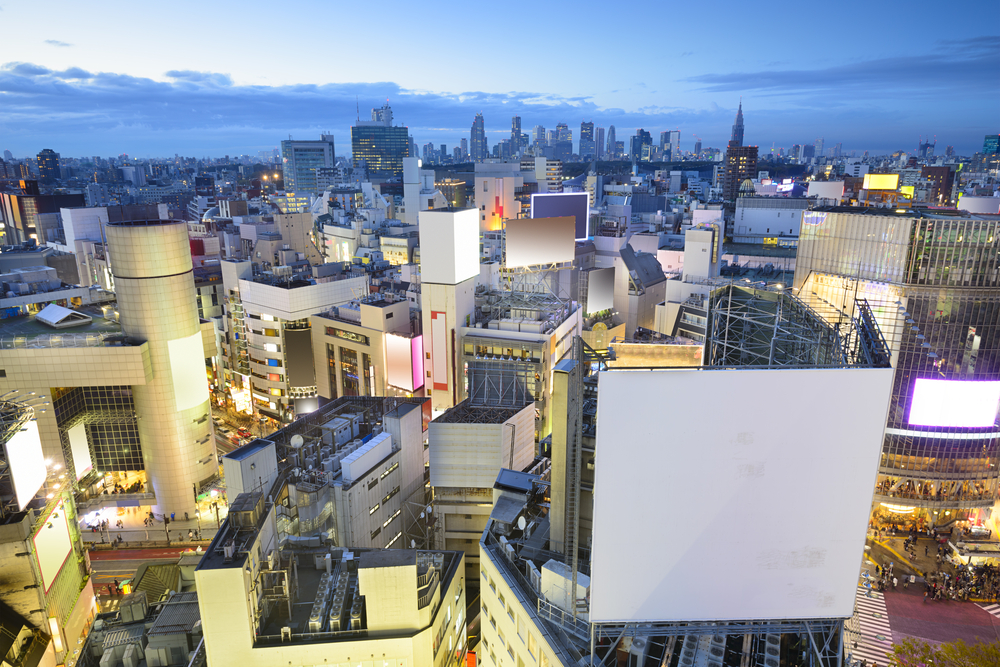Digital technology and the Internet have changed how consumers get information. While in the past, most relied on one or two main channels for information gathering; today’s consumers rely on far more.
If you want to ensure you reach your target audience at the right time with the right messaging, you’ve got to employ the right media mix to do it. Despite what many marketers think, media mixing doesn’t have to be difficult.
What is It?
When I talk about media mixing, what do I mean exactly? In visual art, sometimes an artist will use mixed media such as paint, ink, and collage to get their vision and point across. Advertising, being a little bit science and a little bit art, can also mix medias (print, radio, social media, websites, email, direct mail, OOH) to get a brand message across. Combining these channels allows advertisers to communicate effectively to different prospects at different stages of the buying funnel.
Why Do It?
The question, “Why bother with media mixing?” can be simply answered: To get the right message in front of the right audience at the right time. A mix that might work for one audience might not for another.
For instance: Let’s say you want to reach a national audience. You might combine national newspapers with radio and television spots. This same mix will not necessarily work if you wanted to reach a specific niche, such as technical directors. In this instance, you may want to mix business magazines with content publishing on LinkedIn and direct mail.
As mentioned earlier, media mixing not only gets your offer in front of the right audience, but at the right time, ie at various stages of the buying cycle. Gaining access to your audience is only half the battle; you’ve still got to time your messaging just right.
At the beginning of any buying cycle, a prospect is simply looking for information about a product or service. They may use social media, consumer review websites, or even visit trade shows. It’s important you have information available in these places they choose to visit. You’re not trying to sell in this beginning buying stage, merely raise awareness about your brand.
In the next stage of the buying process, prospects may notice you and show an interest in what you have to offer. Once they’ve reach this stage, you can use a completely different mix of media to nurture them and move them farther down the sales funnel, ever close to making that final buying decision. Media at this stage might include email offers, videos, and print ads with included URLs or QR codes.
Make a Salad – Not a TV Dinner
The real effectiveness of media mixing lies in the ‘mixing’ or integration of channels. An integrated campaign ensures all of your components are working together to communicate a consistent message at every step of the buying journey. That means at any touch point consumers can instantly recognize your brand (logo, colors, language), your creative themes and your marketing messages.
No matter if a prospect sees an ad in the local paper, received a direct mail piece, sees a billboard, hears a radio spot, reads a Tweet, or views a Youtube video, they will recognize all of the communication is coming from the same source. And each channel supports and reinforces all the others, creating a robust and dynamic campaign that is sure to engage and convince your audience.
If up until this point you have stuck with one or two channels to reach your audience, it’s time to ‘mix’ things up (c’mon, I had to). In next week’s blog post, I will share a simple process for creating mixed media campaigns.




